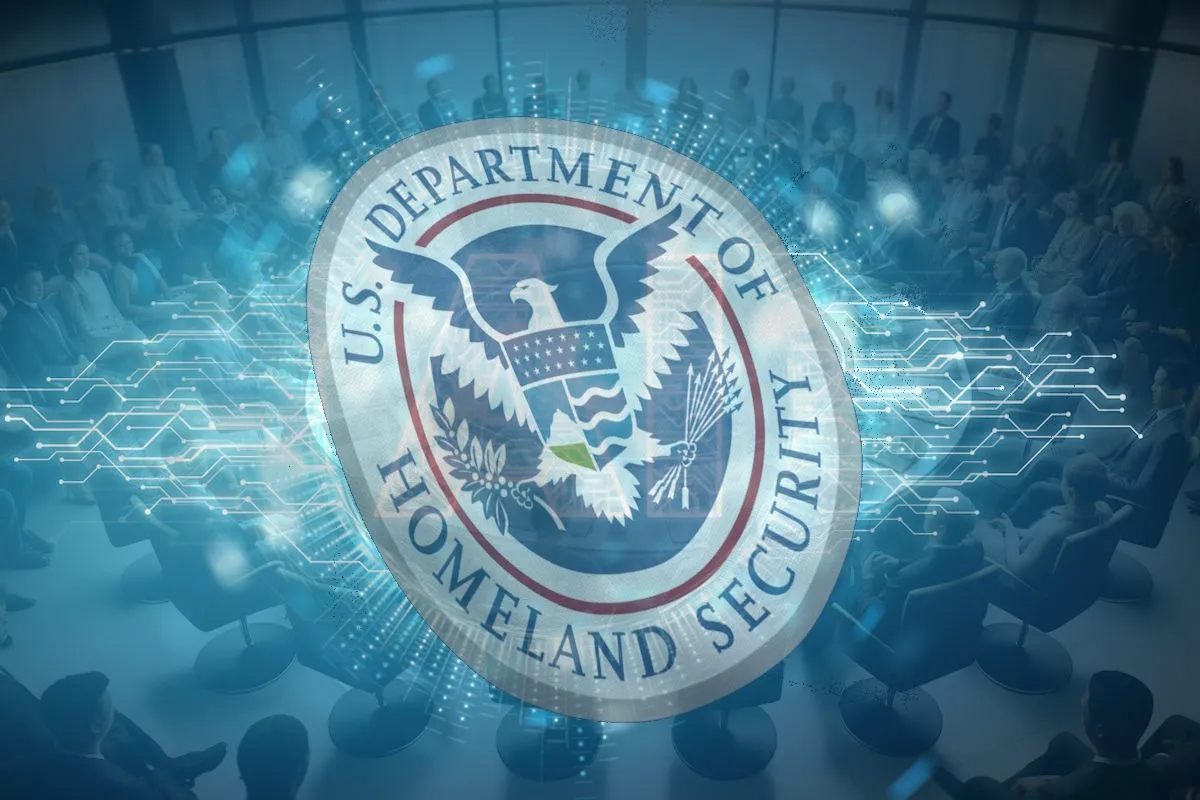In an era where technological advancements continually redefine possibilities, the United States Department of Homeland Security (DHS) is embracing artificial intelligence (AI) to revolutionize the training of immigration officers. Secretary Alejandro Mayorkas recently confirmed that DHS is implementing AI to simulate refugees during practice interviews, a strategic move aimed at enhancing the precision of refugee status reviews.

Embracing AI for Enhanced Decision-Making
The initiative marks a significant stride towards integrating advanced technological solutions within the immigration system. According to Mayorkas, the DHS is training robots to enact scenarios similar to real-life interactions with refugees. This innovative approach allows officers to gain practical experience in a controlled environment, which is crucial for making more informed and accurate decisions when assessing applicants for refugee status.
“AI will assist officers by identifying conditions unique to each country and other relevant data,” Mayorkas explained, highlighting the adaptive nature of the AI programs being developed. This technological leap is not just about replacing traditional methods but enhancing them to meet modern challenges more efficiently.
The DHS launches its first AI Roadmap 🛣️, introducing three pilots 🤖🔍🚀 to innovate in investigative reporting, immigration training, and hazard mitigation planning, emphasizing privacy and safety. 🛡️✨#dhs #airoadmap #ai #homelandsecurity
Source- https://t.co/rmwb6WqKx1 pic.twitter.com/eYJC0SsPuI
— Cyber Statesman (@cyberstatesman) March 18, 2024
A Step Forward at the US-Mexico Border
Amidst the backdrop of complex immigration scenarios, such as those observed in the makeshift migrant camp in Reynosa, Tamaulipas, where thousands from Central America await a chance to enter the United States, DHS’s approach could potentially streamline and improve the accuracy of the immigration process. The photo of a young boy resting next to a long line waiting for basic necessities starkly illustrates the urgent human element at play, emphasizing the need for competent and compassionate handling of such delicate situations.

DHS’s Broad Spectrum AI Initiatives
The announcement came during an address outside the security-focused RSA Conference in San Francisco, where Mayorkas expanded on DHS’s earlier commitments to harness AI. The department plans to use generative AI, which creates new content based on existing data, to develop interactive apps that will further enrich the training of immigration agents.
This initiative is part of a broader series of experiments both in government and industry to utilize AI to reduce costs and enhance performance, spurred notably by the explosive interest in AI tools like ChatGPT.
Navigating Challenges and Enhancing Security
While AI introduces a myriad of efficiencies, it also brings challenges, such as translation errors and data interpretation issues, which the DHS is actively addressing. Moreover, Mayorkas pointed out the department’s use of AI in more complex scenarios, such as monitoring commercial traffic to prevent illegal activities like fentanyl smuggling. These advancements represent a dual effort to bolster national security and streamline administrative processes.
Collaboration with AI Leaders
The DHS is not working in isolation but has partnered with AI giants like Anthropic, Meta, and OpenAI to pilot several high-tech projects. From FEMA using AI to expedite local governments’ risk reduction planning to Homeland Security Investigations employing massive language models to accelerate data analysis and investigations, the scope of AI’s application is vast and varied.

Conclusion: AI as a Catalyst for Improvement
As DHS continues to explore and expand its AI capabilities, the implications for immigration processes and national security are profound. By harnessing the power of AI, DHS is not only aiming to enhance the effectiveness of its operations but also ensuring that its officers are well-equipped to handle the complexities of modern immigration challenges. This integration of AI into public administration is a testament to the potential of technology to improve governmental functions and responsiveness, setting a precedent for other sectors to follow.










